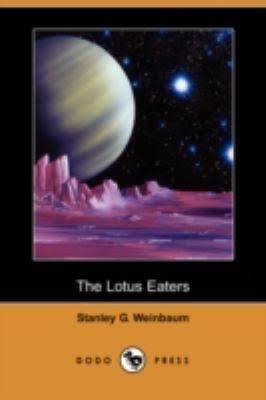Language English Published in Astounding Stories Country United States of America | Series Ham Hammond Publication type Periodical Originally published April 1935 Publisher Street & Smith | |
 | ||
Similar Parasite Planet, The Mad Moon, Redemption Cairn, Valley of Dreams, The Red Peri | ||
"The Lotus Eaters" is a science fiction short story by Stanley G. Weinbaum originally published in the April 1935 issue of Astounding Stories. "The Lotus Eaters" was Weinbaum's fifth published story, and is a sequel to "Parasite Planet".
Contents
Plot summary
A month after the events in "Parasite Planet", Hamilton "Ham" Hammond and Patricia Burlingame are married, and thanks to Burlingame's connections, the two have been commissioned by the Royal Society and the Smithsonian Institution to explore the night side of Venus. There they find a species of warm-blooded mobile plants with a communal intelligence that Burlingame nicknames Oscar. Oscar is very intelligent, quickly picking up English from Hammond and Burlingame.
The humans learn that the Oscar beings reproduce by releasing clear bubbles full of gaseous spores. When the bubbles burst, the spores come to rest on another Oscar being, eventually grow into another individual, and bud off. In “Parasite Planet”, the vicious, night-dwelling Triops noctivivans used these bubbles to attack Hammond and Burlingame, since the spores have a soporific effect on humans.
The humans are horrified to learn that, being plants, the Oscar beings have no survival instinct. Despite their greater-than-human intelligence, the Oscar beings react with indifference when the local trioptes attack and consume them. This prompts Burlingame to name their species Lotophagi veneris – the lotus eaters of Venus. Hammond and Burlingame barely escape the trioptes themselves after exposure to the spores leaves them almost catatonic.
Collections
"The Lotus Eaters" appears in the following Stanley G. Weinbaum collections:
